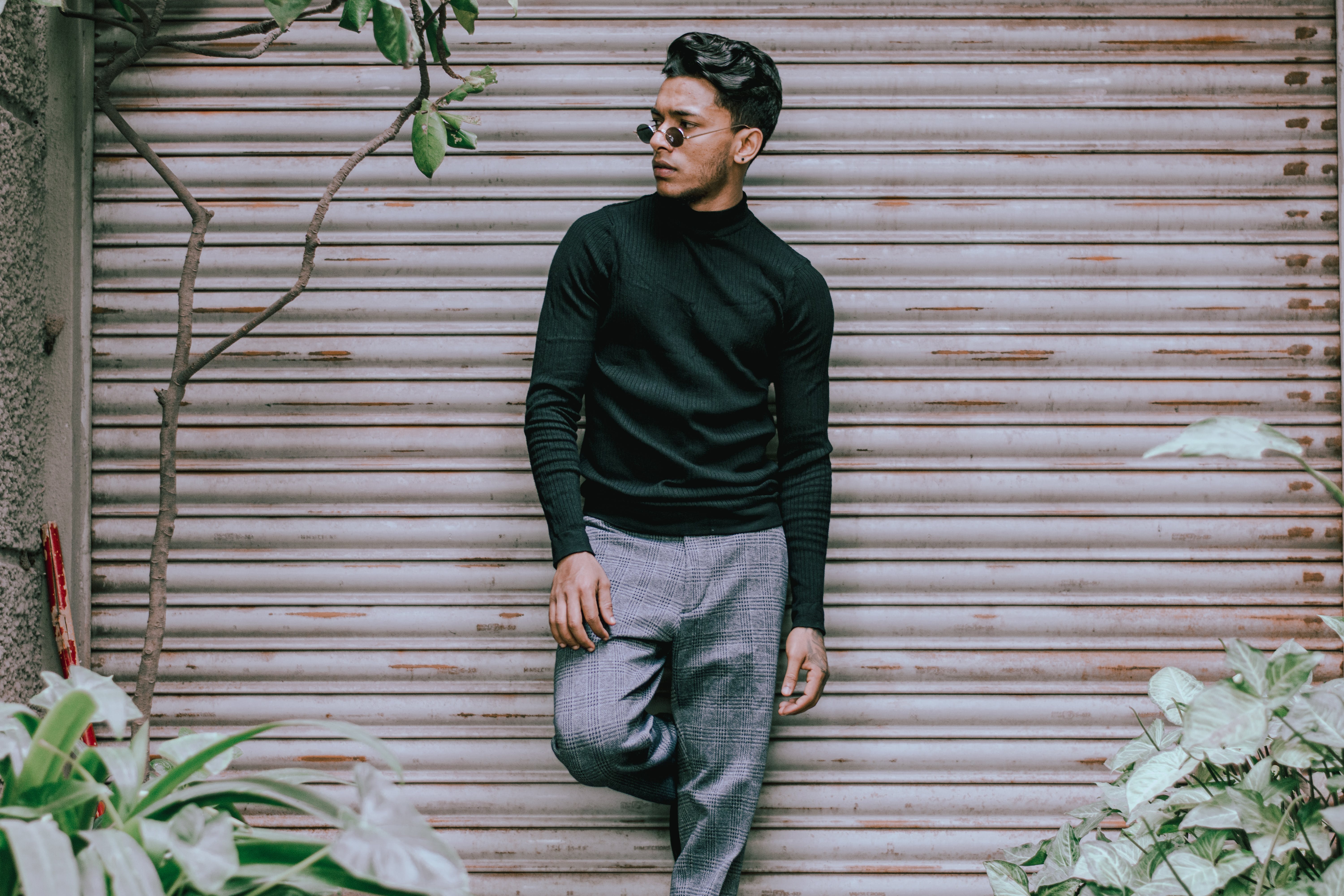Table of Contents
- Introduction to Editorial Modeling
- The Role of an Editorial Model
- The Art of Posing for Editorial Shoots
- Fashion Styling for Editorial Modeling
- Hair and Makeup for Editorial Shoots
- Working with a Professional Team
- Editorial Modeling Agencies and How to Get Signed
- Building a Strong Editorial Modeling Portfolio
- Tips for a Successful Editorial Modeling Career
- Conclusion

Introduction to Editorial Modeling
The Role of an Editorial Model
An editorial model is not just a pretty face; they are storytellers, conveying emotions and narratives through their poses and expressions. They are the canvas on which fashion stylists, photographers, hair and makeup artists, and other creative professionals paint their visions. Editorial models are chosen for their unique look, versatility, and ability to bring a concept to life. They must be able to adapt to various themes and styles, embodying the essence of each editorial shoot.
Editorial models also play a vital role in representing diversity and pushing boundaries in the fashion industry. They challenge traditional beauty standards and pave the way for inclusivity, encouraging designers and brands to embrace a wider range of body types, ethnicities, and gender identities.

The Art of Posing for Editorial Shoots
Posing is an essential skill for an editorial model. It is through their poses that they convey the mood, story, and energy of the editorial. Every pose should be purposeful, elegant, and visually striking. An editorial model must have a strong understanding of their body and how to create visually pleasing lines and shapes.
The key to successful posing is to combine fluidity with precision. Models should practice various poses in front of a mirror to understand their best angles and expressions. It is important to experiment with different poses, from strong and confident to vulnerable and ethereal, to bring out the desired emotions and narratives in the photographs.
Fashion Styling for Editorial Modeling
Fashion styling is an integral part of editorial modeling. The clothes and accessories chosen for an editorial shoot help create the desired aesthetic and tell a story. The editorial model must work closely with the fashion stylist to understand the concept and vision behind each look. They should be able to embody the character and personality that the clothes represent.
As an editorial model, it is essential to have a good knowledge of fashion trends and designers. This allows you to bring authenticity and understanding to each shoot. By staying updated with the latest fashion news and studying the work of renowned stylists, you can develop your own unique sense of style and contribute to the creative process.

Hair and Makeup for Editorial Shoots
Hair and makeup are crucial elements in editorial modeling. They enhance the overall look and help create the desired mood and character. The editorial model should work closely with the hair and makeup artists to understand the vision and provide input, ensuring a cohesive final result.
For editorial shoots, hair and makeup can range from natural and minimalistic to bold and avant-garde. It is important for the model to be open to experimentation and embrace different looks. The ability to transform and adapt to various styles is highly valued in the industry.
Working with a Professional Team
Editorial modeling is a collaborative process that involves working with a team of professionals, including photographers, stylists, hair and makeup artists, and art directors. Each member of the team plays a significant role in bringing the editorial to life.
As an editorial model, it is essential to communicate effectively with the team, understand their vision, and contribute your own creative ideas. Collaboration and mutual respect are key to creating successful editorials. Building strong relationships with professionals in the industry can also open doors to new opportunities and help advance your career.
Editorial Modeling Agencies and How to Get Signed
Editorial modeling agencies are a valuable resource for models looking to enter the industry. These agencies have connections with top publications, brands, and industry professionals, and can help models secure editorial opportunities. To get signed with an editorial modeling agency, it is important to have a strong portfolio and a unique look.
Research different agencies and find one that aligns with your goals and aesthetic. Submit your portfolio to agencies that specialize in editorial modeling and attend open calls or casting events if possible. It is important to be persistent and patient, as getting signed with an agency may take time and require multiple submissions.
Building a Strong Editorial Modeling Portfolio
A strong editorial modeling portfolio is crucial for attracting the attention of agencies and clients. It should showcase your versatility, range, and ability to embody different characters and styles. When building your portfolio, focus on quality over quantity. Include a variety of editorial shoots that highlight your strengths and unique features.
Collaborate with photographers, stylists, and hair and makeup artists to create diverse and visually captivating images. Aim for a cohesive and well-curated portfolio that tells a story and leaves a lasting impression. Regularly update your portfolio with new work to showcase your growth and evolution as a model.
Tips for a Successful Editorial Modeling Career
To have a successful editorial modeling career, it is important to stay dedicated, professional, and adaptable. Here are some tips to help you thrive in the industry:
-
Take care of your physical and mental well-being. Maintain a healthy lifestyle, exercise regularly, and practice self-care to ensure you are at your best for shoots.
-
Build relationships with industry professionals. Networking is essential in the fashion industry. Attend events, connect with photographers and stylists, and be proactive in building your professional network.
-
Be open to constructive criticism and continuous learning. Stay humble and always strive to improve your skills and knowledge.
-
Develop your personal brand. Create a strong online presence through social media platforms and a professional website. Showcase your work, personality, and unique style to attract opportunities.
-
Stay updated with industry trends and publications. Read fashion magazines, follow fashion blogs, and keep an eye on emerging designers and photographers. This will help you stay relevant and informed.

Conclusion
Editorial modeling is an art form that allows models to express their creativity and captivate audiences with style. Through posing, fashion styling, hair and makeup, and collaboration with a professional team, editorial models bring fashion editorials to life. By understanding the role of an editorial model, working with agencies, building a strong portfolio, and following essential tips, aspiring models can pave their way to a successful career in this exciting industry. So, embrace your uniqueness, hone your skills, and unleash your creativity as you embark on your journey as an editorial model.












